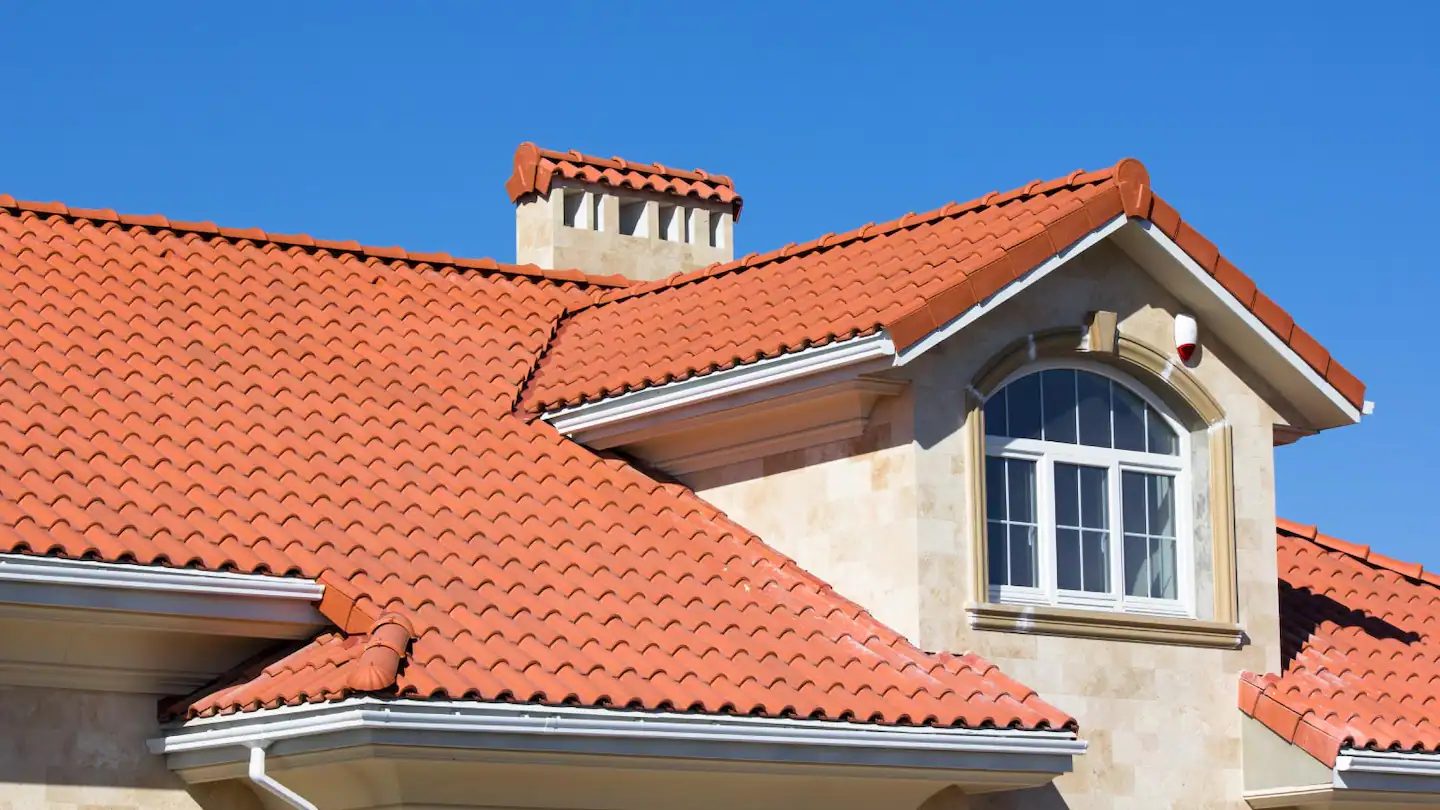Above us, the roof stands as a guardian, sheltering us from the elements and embracing us with a sense of security. Yet, over time, even the most steadfast roofs succumb to wear and tear, leaving homeowners with the daunting task of roof replacement.
This crucial endeavor goes beyond mere repairs—it’s an investment in the longevity and well-being of your home. In this article, we unravel the essentials of roof replacement, guiding you through the process step by step.
Signs of Aging: When to Consider Roof Replacement
Recognizing the signs that your roof needs replacement is paramount. Curling shingles, leaks, extensive granule loss, and visible sun rays penetrating through the attic are all red flags.
A roof’s average lifespan is around 20 to 25 years, depending on materials and maintenance. If your roof is nearing this age or exhibiting severe damage, it’s time to contemplate a roof replacement.
The Material Decision: Choosing the Right Roofing Material
Roof replacement presents an opportunity to explore various roofing materials. Asphalt shingles, metal, tile, wood shakes—the choices are diverse.
Each material comes with its pros and cons, from the durability of metal to the classic appeal of wood. Consider factors like climate, aesthetics, and budget when selecting the ideal roofing material for your home.
Finding the Right Contractor: Ensuring Quality Work
A successful roof replacement begins with finding the right contractor. Look for professionals with a solid track record, positive reviews, and the necessary licenses and insurance. Don’t hesitate to ask for references and examples of their previous work.
A reputable contractor will provide a comprehensive assessment of your roof’s condition and guide you through the replacement process.
The Art of Preparation: Removing the Old Roof
Roof replacement involves more than simply layering new shingles over the old ones. The existing roof must be removed to ensure proper installation and ventilation.
This process, though labor-intensive, is crucial for the longevity and structural integrity of the new roof. It’s a chance to address any underlying issues and start with a clean slate.
Underlayment and Deck Building: A Solid Foundation
The underlayment—a protective layer installed between the roofing material and the deck—plays a vital role in roof replacement. It acts as a barrier against water infiltration, enhancing the roof’s durability.
Additionally, ensuring a strong and stable deck is essential. Proper deck building lays the foundation for a secure roofing structure that can withstand the test of time.
Installation Excellence: Precision and Craftsmanship
Roof replacement is a symphony of precision and craftsmanship. Each shingle, tile, or piece of metal must be carefully installed, ensuring a watertight seal and proper alignment.
Ventilation components and flashing details also demand meticulous attention. A well-installed roof not only enhances aesthetics but also safeguards your home.
Weather and Timing: Strategic Considerations
Timing plays a crucial role in roof replacement. Scheduling the project during the right weather conditions is essential. Extreme temperatures, heavy rain, and strong winds can hinder the installation process.
Collaborate with your contractor to choose a timeframe that balances weather considerations and project efficiency.
Preserving the Shelter Above
Roof replacement is more than just a renovation; it’s a commitment to the safety, comfort, and longevity of your home. It’s an acknowledgment that the shelter above needs attention and care to continue serving its vital role.
From selecting the right materials to partnering with experienced professionals, the journey of roof replacement is a step toward securing your home’s future and embracing peace of mind.


